Photography Tips for the Tropics
I’m fortunate to travel frequently to French Polynesia. This tiny but vast country of islands spread out across the Pacific Ocean is an overseas country of France. It is known for its turquoise lagoons, over-water bungalows, white- and black-sand beaches, lush mountains, and towering waterfalls. The images that come to mind are probably similar to ones you might have seen in a travel magazine or postcards. Tropical countries like Tahiti get a lot of direct sunlight and can be very humid, and even rainy. These are differences to take into consideration. Below are the few tips and considerations on how to create images in the tropics!
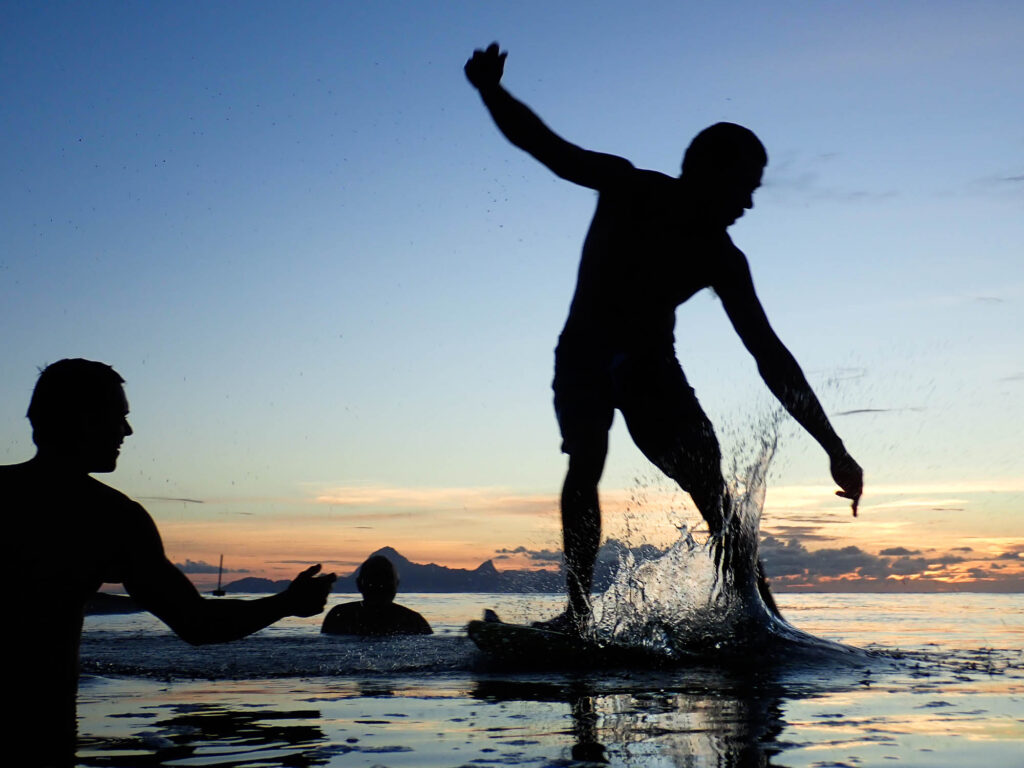
What to Pack
Be prepared for rain and humidity! Include ways to protect your camera or phone from sudden rain, especially if you will be visiting during the rainy season. Pack at least a waterproof bag because tropical rain can be unexpected and very intense. To keep other items dry if needed, pack a few extra-large zip-lock bags. For the humidity itself, consider packing some packets of dried silica gel in a sealed zip-lock bag. The silica gel packs can come in handy for your electronics if need be. Once the silica gel has absorbed lots of the dampness, it can be dried by slowly heating and then re-used. Might need to use a hairdryer or ask the hotel staff to help.
If you will be in and around the water a lot swimming, snorkeling or diving, I recommend a sturdy waterproof bag or housing unit appropriate for the activities you are planning. Or a waterproof camera! If you plan on diving, make sure the housing unit will go to the required depth and consider if you want a waterproof strobe.
Arrival
When you arrive, unpack and take your camera with you and go explore! When you get back, your best option may be to keep your camera in the bathroom. Why? Well, the heat and humidity can be a problem if your room is air-conditioned. If you leave your camera in the air-conditioned room, the next time you take your camera out to create some images, you will see some condensation forming on the lens or the LCD screen. And you will need to wait before you can use it. Eventually, all the condensation will dissipate. By keeping your camera in a place that is not air-conditioned, like the bathroom, it is ready to go when you are.
In the first days, get all the beautiful photos of the beach with palm trees, the turquoise waters, relaxing with a cocktail, the beautiful sunsets…. When these photos start looking the same, now, look around your tropical location again. What is the first thing you notice? What really attracts your eyes? What really stirs your heart and soul? Focus on just photographing that!
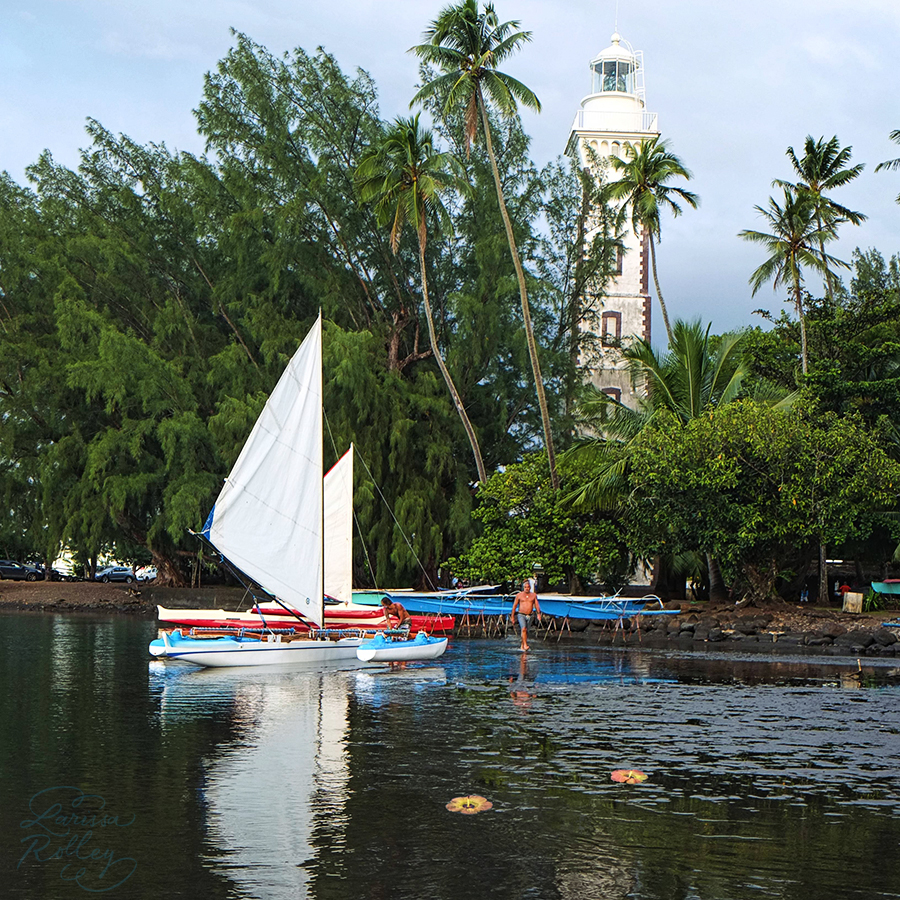
Hiking & Tropical Forests
One of the best ways to discover the interior beauty of the islands is hiking the jungles along streams framed by lush groves where avocado, mango, guava, and banana trees grow wild. You will see waterfalls and spectacular vistas out over the lagoons. Fresh flowers and abundant colorful plants populate tropical areas year-round. The vegetation offers so many variations of the color green, how can you capture it in a photo?
Unless you are doing a small, well-marked trail, I recommend using a knowledgeable local guide who can help you make the most of your time photographing. It is cooler to head out earlier in the morning. Because the tropical forests are dense even on the brightest of days, you may run into low light situations where you need a higher ISO than you might normally use. It is helpful to wear long pants, sturdy shoes, and take water and insect repellent.
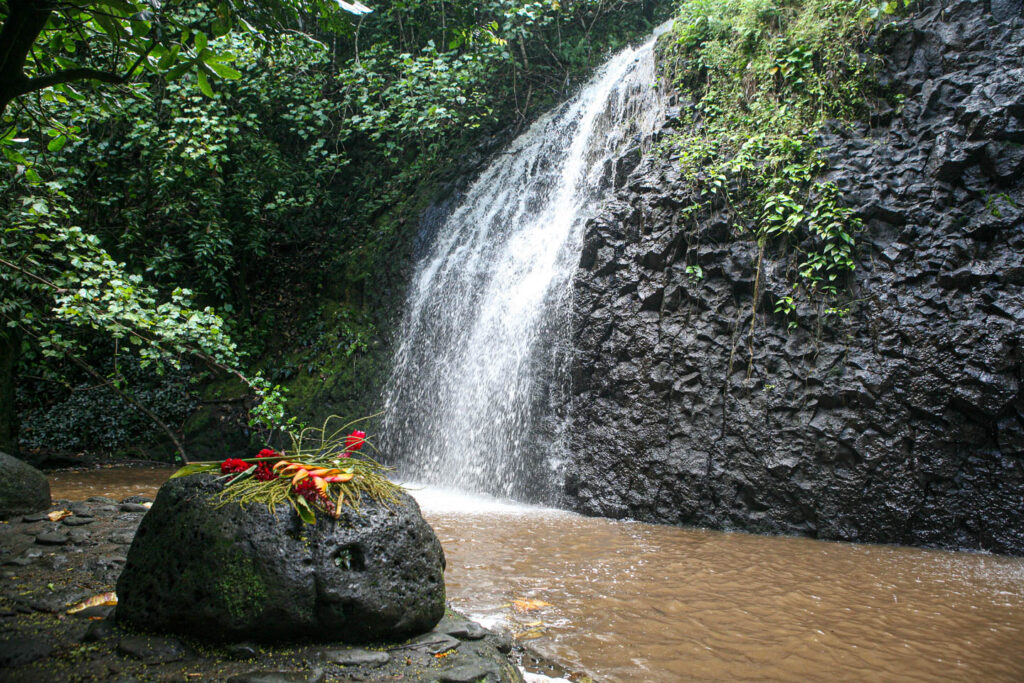
In the Water
You don’t need to scuba dive to create great images in the water. You can just swim out and get a great view back towards the beach or include a person in the image with some water in the foreground. If you are snorkeling near the surface, you can photograph shallow reefs full of colorful fish or maybe find a baby octopus. Try photos of people diving under the surface with an over/under shot – where half of the image is above the water and the other half is below the surface. Don’t forget that the shallower areas of water are often an intense color of turquoise. Have fun with it! If you plan to shoot a lot underwater, see if your camera has any underwater presets for the white balance. Test out the preset in shallow water and then in deeper water and see if you like it.
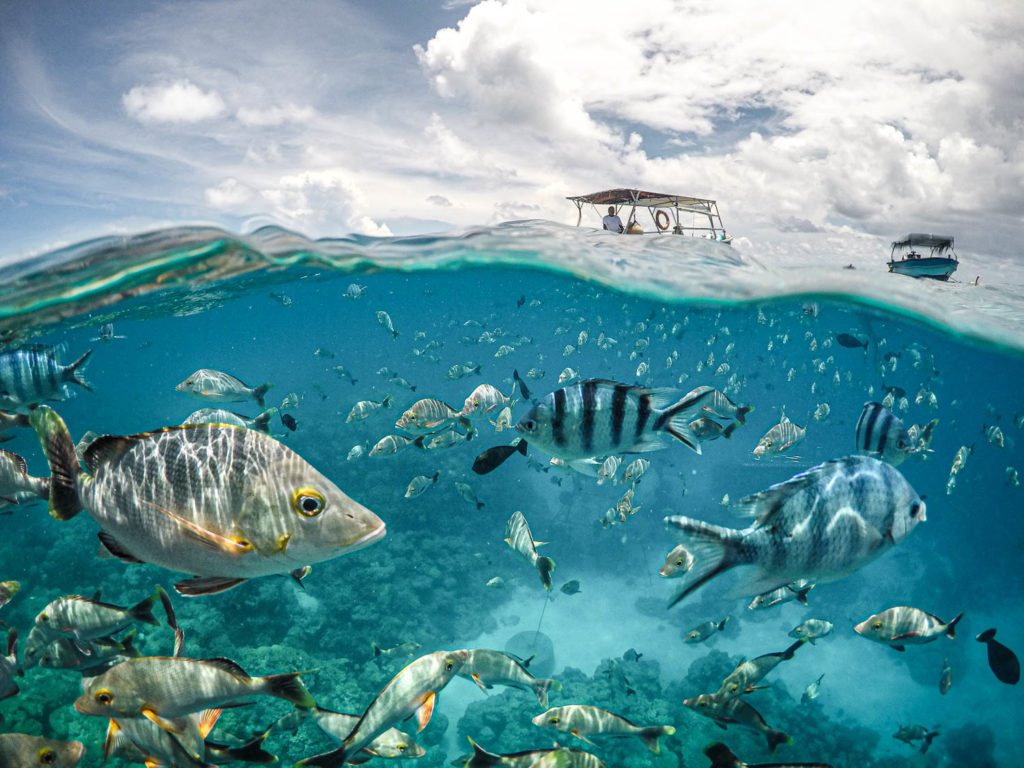
When you get out of the water, make sure to rinse off all the salt water before you remove your camera or phone from the bag or case. Salt water is really, really bad for cameras. Even in small quantities, it will quickly ruin a camera or phone as it corrodes. The best remedy is to immediately rinse abundantly with fresh water, then let it dry completely. If you do a day excursion somewhere out on a boat, take some extra bottles of fresh water for your gear in case you need to rinse it.
Golden Hour
In the middle of the day, the harshness of the light can difficult to work with in tropical areas because the sun is really directly overhead! You will probably be more pleased with your images around the golden hours, the sunrise & sunset times. In tropical areas, dawn and evening happen very fast if you are not used to it.
Sunsets
In the tropics, incredible sunsets happen every day. In areas with low air pollution, the sunlight does not scatter much, and the sunsets appear more vivid and clear. The most memorable sunsets tend to be those with at least a few clouds which catch the last reddish orange rays of the setting sun. Watch the amazing colors and reflections from a kayak, or look for new perspectives by planning to be somewhere off the beaten path and get your own unique sunset photos.
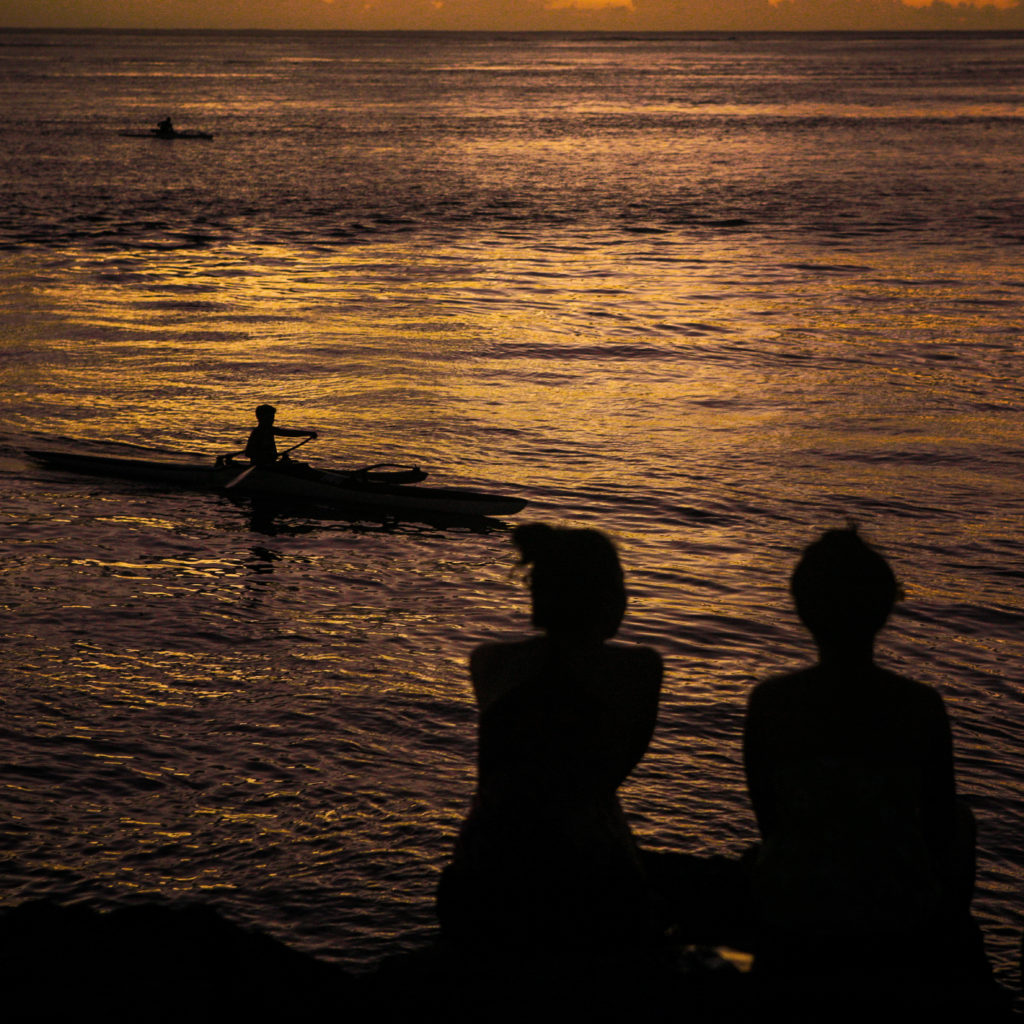
Tropical Storms
We typically think of tropical places with blue skies, and forget that storms with lightning and rain are very common. When a tropical storm pops up you will have a great opportunity for dramatic skies that adds a different mood. Along the beaches with the view out over the expansive ocean, you will have a big wide-open sky to see the cloud formations, the rain, and the lightning. You might have stormy waves along the beach to get creative with too. Just make sure your camera is protected.
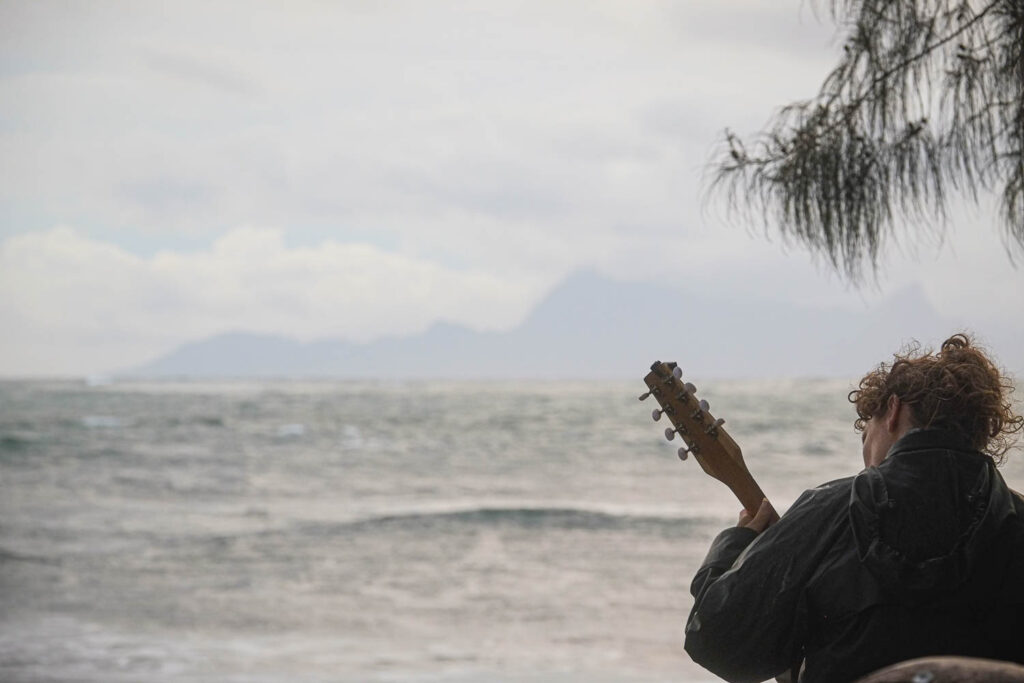
Culture
A tropical place isn’t limited to sandy beaches or lush forests to hike. Get to know the culture and photograph these details. Cooking and eating are a direct link to a country’s history, culture and what the land provides. Tropical cultures often eat lots of fish, fruits, and vegetables. Musical styles in the tropics are diverse – and the instruments they use, and dancing! Dancing has always been linked with a culture’s fun and festivities. What are the distinct art forms? Many tropical cultures have a wide variety of sports that are played on or in the water. Engage and talk with the people! Where do they live, work and play? Document your discoveries of the culture.
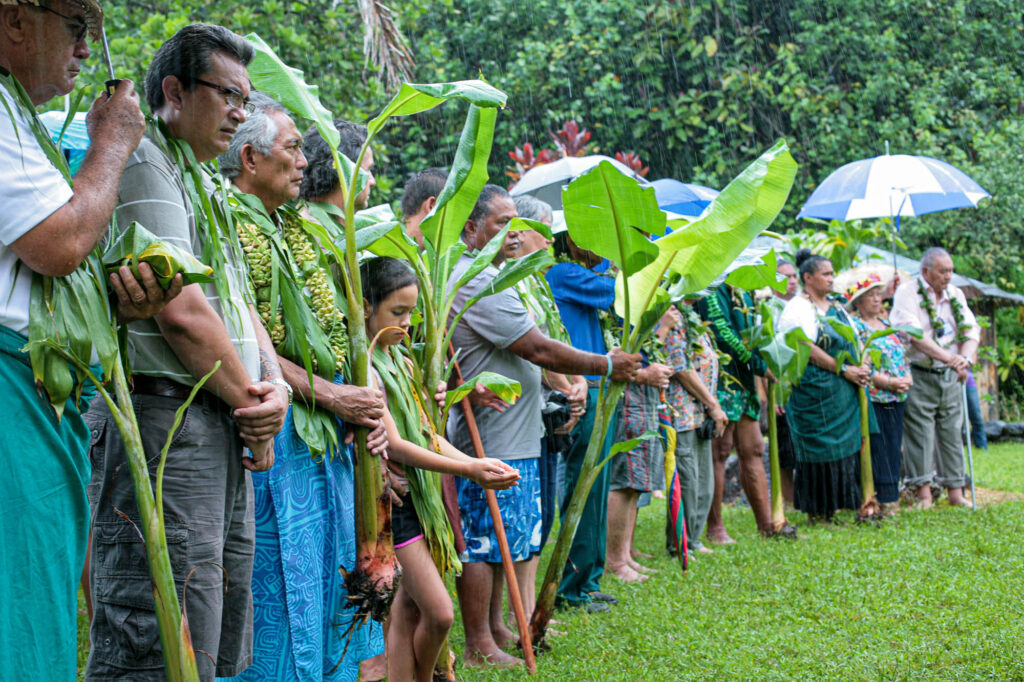
Tell Your Travel Story
Beginning, middle, and end. Wide shots, medium, and details. And everything in between!
Remember, wide shots establish the setting and document the environment you are in. Medium shots make the viewer feel we are right with you. Close ups and details get deeper into the sense of a place. And portraits of people are useful to create connections – we love to look at other people!
Your travel story might be of you and your mom going on a trip together or just of you discovering a new part of world, it is up to you what story you decide to tell. Use different perspectives and different angles to keep the story engaging and visually interesting. What are the future memories you will share?
Conclusion
Next time you are off to a tropical location, keep these tips and suggestions in mind through out your trip. Get creative about new kinds of pictures you can create and experiment! You just need what is in your heart to capture images to expand beyond the typical scenes in travel brochures, and gratitude for the good fortune of being able to travel.


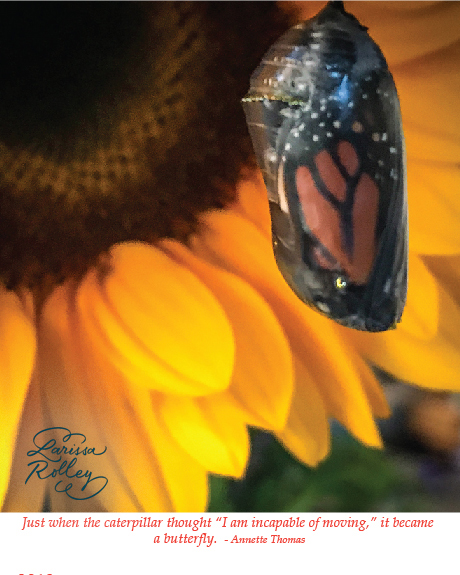
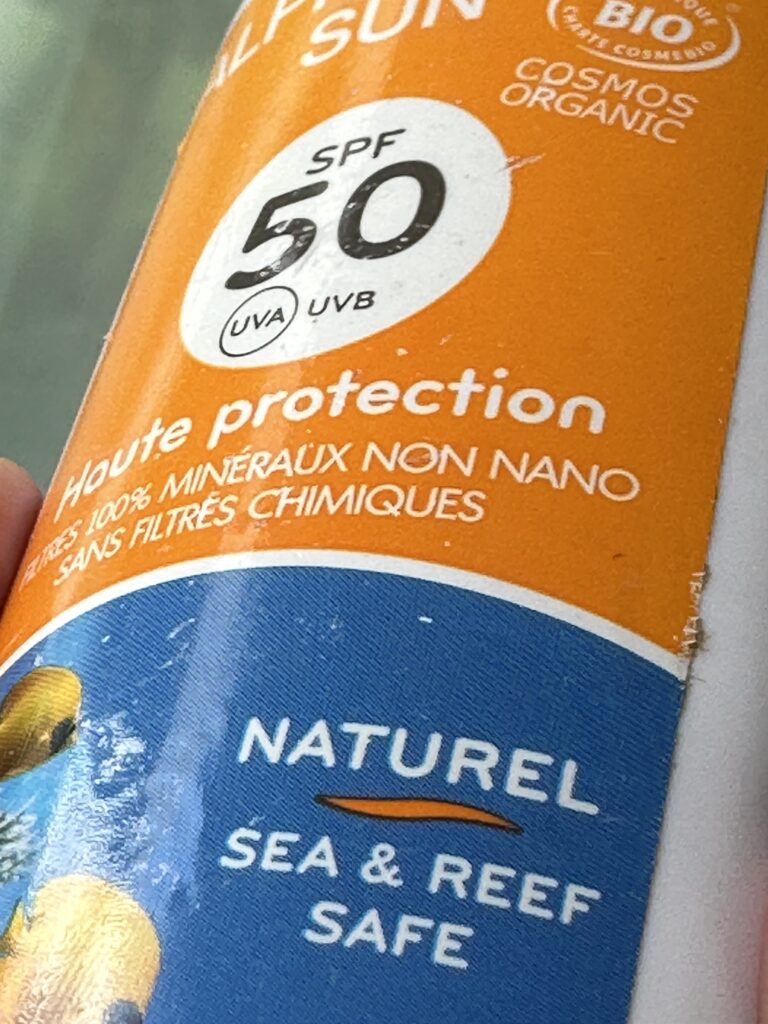
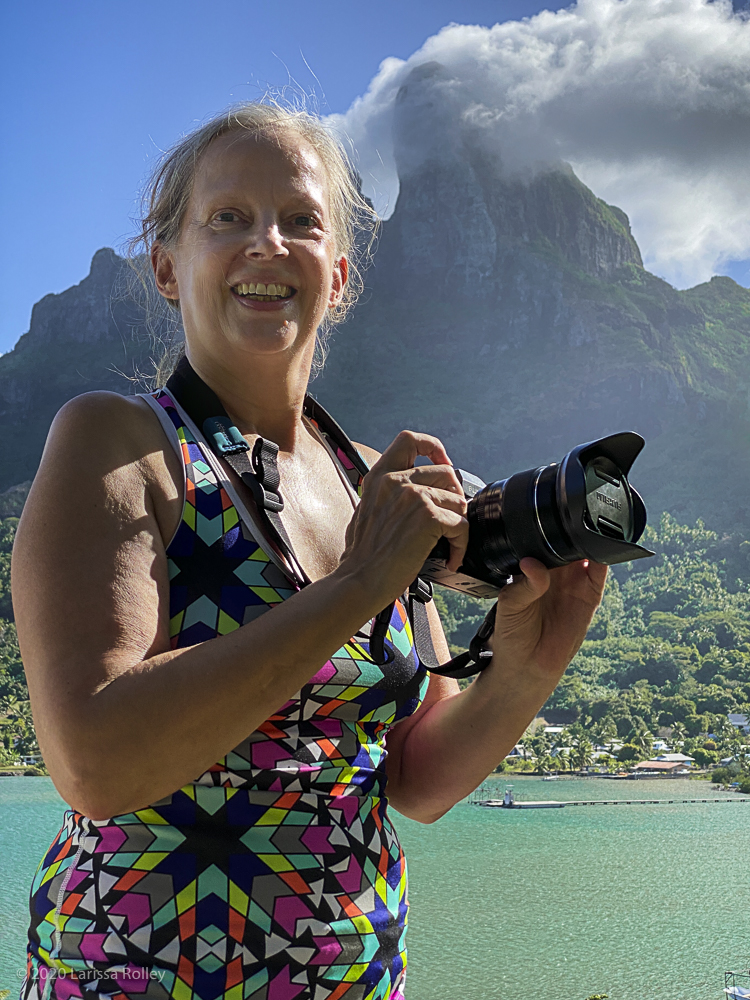
So— photographing the lush beaches in Hawaii taught me a lot about exposure, ISO and shutter speed. Through my lens, it looked beautiful, but when I looked at the photos later, you couldn’t tell the difference between the blue sky, blue water and white sand. The pictures were blinding bright white. It’s also the greatest inspiration and confidence for not shooting in manual mode. Unfortunately, I need to have a refresher course every time because I forget. I look forward to the time when it becomes automatic to me.
The sun can be blinding in the tropics! There is no ‘right’ way to photograph, and no medals are given for shooting in manual mode. Try ‘P’ mode if you have it, or Aperture mode if you want a little more control. You will be back on some tropical islands again soon to capture more memories and try out things with your camera. I want to see them – tag me!